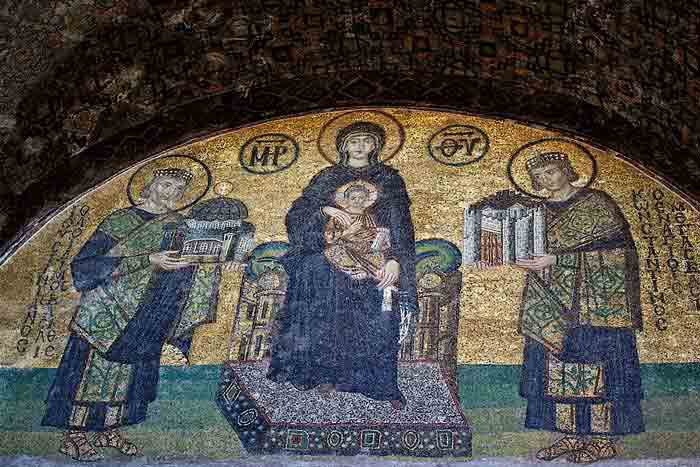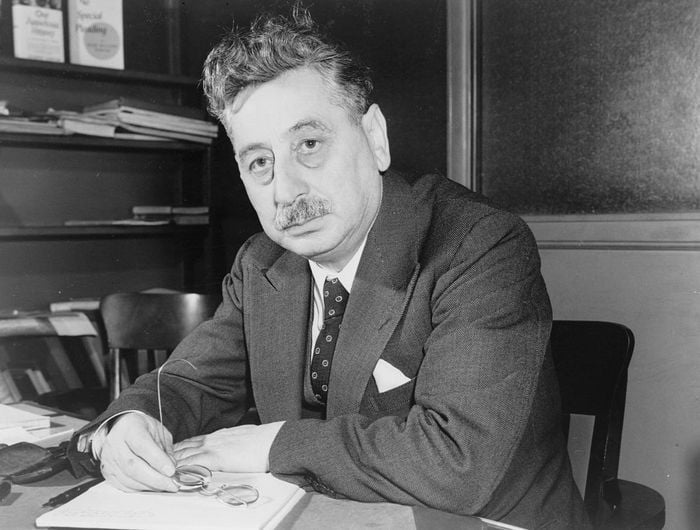Antiochus III’s Reversal of Fortunes
Antiochus III (223-187) emerged as the sole Seleucid monarch capable of halting the kingdom’s decline. Despite his efforts to rebuild Alexander’s empire, he faced an insurmountable obstacle—the rising power of the Roman Republic, which marked the beginning of the nation that would later dominate the New Testament era The Splendor of Pergamun.
Strategic Victories and Setbacks
Antiochus showcased his military prowess by reclaiming Atropatene under Seleucid rule in 220. Launching the Fourth Syrian War (219-217) against Egypt, he aimed to exploit the weaknesses of Egypt’s ruler, Ptolemy IV. Despite marching with his war elephants down the Levant, Antiochus suffered a decisive defeat at the Battle of Raphia (217), just south of Gaza. Forced to retreat to Syria, the Orontes River once again marked the border between the northern and southern kingdoms.
Ambitions and Eastern Expansion
Undeterred, Antiochus expanded his ambitions. In 213 B.C., he executed the governor of central Asia Minor, quelling a long-standing revolt. Shifting his focus eastward, he conquered Armenia in 212, dividing it into Greater and Lesser Armenia. Turning to the Parthians Customized Tour Bulgaria, who had dominated eastern and northern Iran, he defeated them in 209. Opting for a strategic peace, he recognized Parthia’s independence in exchange for its submission to Seleucid authority and Parthian troops joining the Syrian army. This decision reflected Antiochus’s prioritization of the impending conflict with Bactria.








